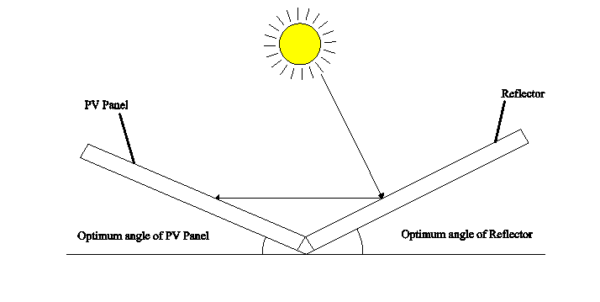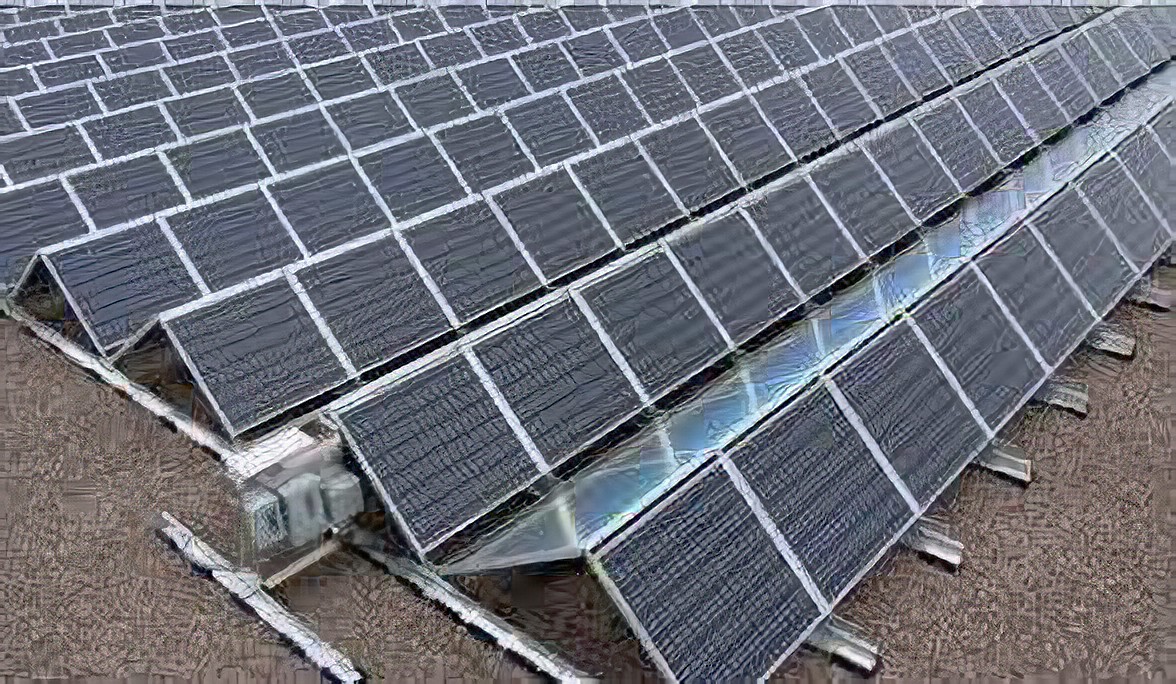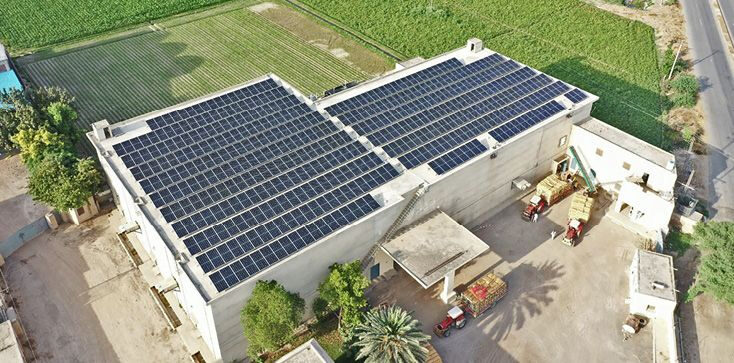Researchers from India’s National Institute of Technology, the Centre for Energy and Environmental Engineering and Shoolini University have developed a new modeling technique to enhance the output of a PV system using mirror reflectors. Using this model, the group demonstrated a more than 20% energy yield increase with a PV system comprising multicrystalline modules installed at a high altitude in India's Himalayan region.
The researchers note that mirror reflectors have been widely used in the past to increase the power generation of solar modules, and that they have proven to raise output by between 20% and 30% depending on the season, site of installation and type of reflector. “Several studies have been done to determine the optimum tilt angle of a reflector, but only a few have discussed the temperature effects on augmented PV panels,” the group also states.
The proposed model, according to its creators, was conceived to determine optimum tilt angles for reflectors during which maximum reflected radiation falls on the PV panel throughout the day, during both summer and winter months.
Temperature
The MATLAB-based model was validated experimentally at a PV system located in Hamirpur, a town in the state of Himachal Pradesh, in the western Himalayas region of India. The location was key to the research, because it enjoys the combination of good solar radiation and relatively low ambient temperatures that is typical of the mountainous western Himalayas region.
The reflected irradiation, in fact, is expected to increase the temperature of the modules in comparison to a PV system without a reflector. “However, since the temperature rise due to reflector is small, in the present study, the effect on PV efficiency is probably not substantial,” the scientists state. “In this study the maximum rise in PV panel temperature is found to be 59 degrees Celsius in summer season under sunny conditions, but the average rise is found between 48 and 50 degrees, only 0-4 degrees higher than for a PV system without a reflector.”
In the winter, average rises were found to be between 23-25 and 36 degrees Celsius, 0-2 degrees higher than a comparable system without a reflector.
Increased output
The average improvement was measured by taking an average over the course of the day from 9.00 am to 5.00 pm at 30-minute intervals. The measurements allowed the group to ascertain that the main power enhancement period was between 9.00 am and 1.00 pm, while lower improvement was registered between 2.00 pm and 5.00 pm.
During summer months, the optimum tilt angle of reflectors was found to be 40 degrees, while reported average efficiency improvement came in at 19.84%.
In the winter season, the optimum tilt angle of the reflector was 10, 15 and 20 degrees in December, January and February, respectively, while average efficiency improvement was 13.23%.
Less land usage
According to the researchers, the use of mirror reflectors may be viable in regions with land usage issues, though they stressed this would require further research to validate. Follow up studies, in their view, should also be carried out in cold and hot climatic regions using single and double axis PV trackers and reflector tracking systems.
The findings of the research were presented in the paper Performance Enhancement of Multi-crystalline Silicon Photovoltaic modules using Mirror Reflectors under Western Himalayan Climatic Conditions, published in Renewable Energy.
The study does not provide details on the costs of the mirror reflector technology presented, nor does it specify what kind of LCOE can be achieved through its use.
This content is protected by copyright and may not be reused. If you want to cooperate with us and would like to reuse some of our content, please contact: editors@pv-magazine.com.




Mirrors have not been widely used in the past as the article says. The only company that I know of that used reflectors was tenKsolar, who had many issues and stopped trading. The issues overall weren’t related to the reflectors. They did shift away from the reflectors as module prices got cheaper. They had too many unique properties and had multiple issues. We were an early adaptor and are ripping out a 100 kw system in the next few weeks. The system did very good at certain times in the year (spring), poorly in the winter due to the steeper angle and overall perhaps a 10% boost over the course of the year at best.
In 2008 itself I saw a Solar module with inverted triangle mirrors were placed between each half round cells rows. This method reduced 50% of the area as well as capital cost per MW.
20% increase in electricity means the reflectors have to cost 20% as much as the PV panels, per unit area, if an equal area of reflectors is used …to maintain the same cost per kWh of electricity. Do they?
The reflector approach has been available for a long while, with more expensive PV in the past. It has not caught on. Maybe not cost effective.